Important: The engine and the manifold should be at ambient temperature when assembled.
Do not attempt to install a cold manifold on a hot engine.
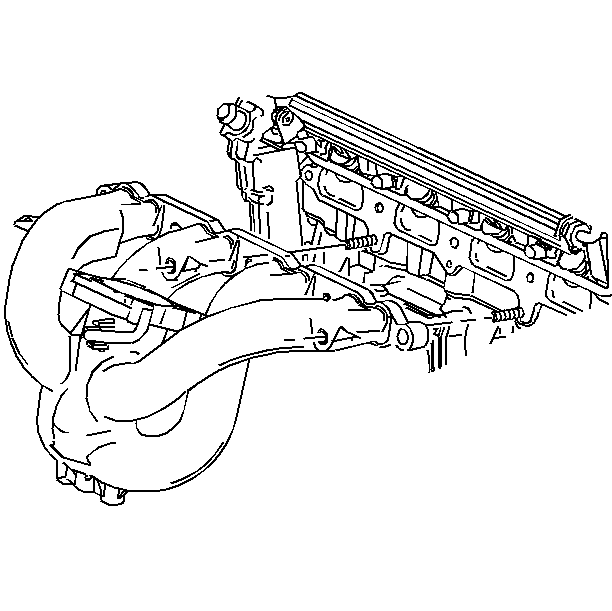
- Install the intake manifold and the gasket. If the gasket is damaged,
install a new one with the stamped numbers facing towards the manifold surface.
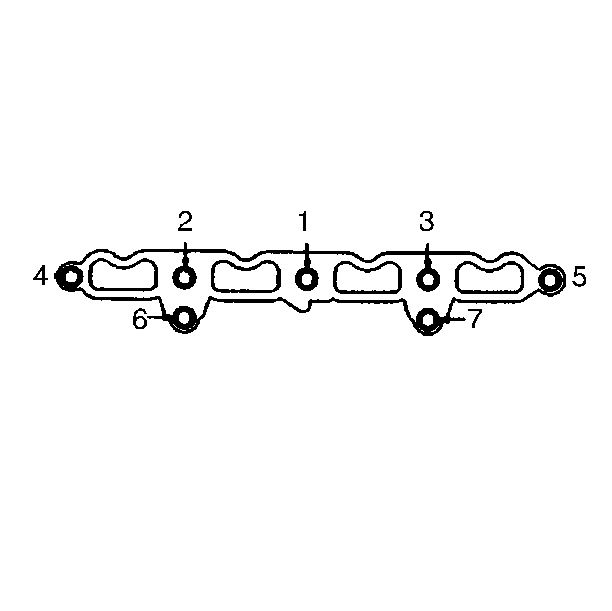
- Install the intake manifold fasteners.
Tighten
Tighten the fasteners to 24 N·m (18 lb ft).
Notice: Use the correct fastener in the correct location. Replacement fasteners
must be the correct part number for that application. Fasteners requiring
replacement or fasteners requiring the use of thread locking compound or sealant
are identified in the service procedure. Do not use paints, lubricants, or
corrosion inhibitors on fasteners or fastener joint surfaces unless specified.
These coatings affect fastener torque and joint clamping force and may damage
the fastener. Use the correct tightening sequence and specifications when
installing fasteners in order to avoid damage to parts and systems.
- Raise and suitably support the vehicle. Refer to SECTION 0A.
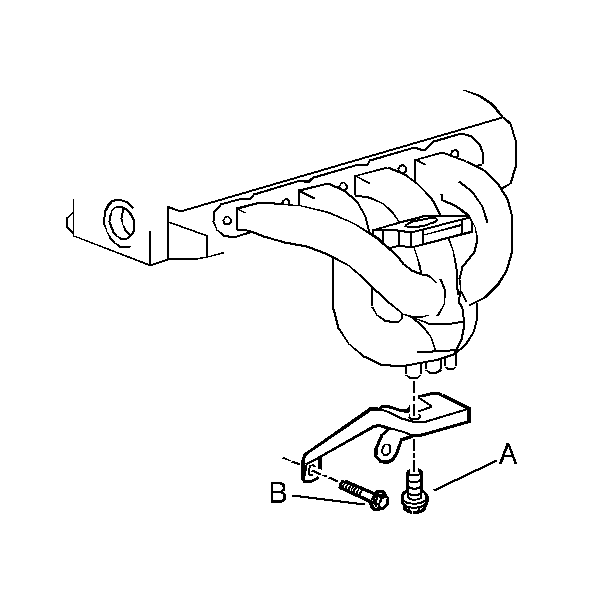
- Install the intake manifold brace. Finger start all bolts.
Tighten
| • | Tighten bolt (A) to 24 N·m (18 lb ft). |
| • | Tighten bolt (B) to 26 N·m (19 lb ft). |
- Lower the vehicle.
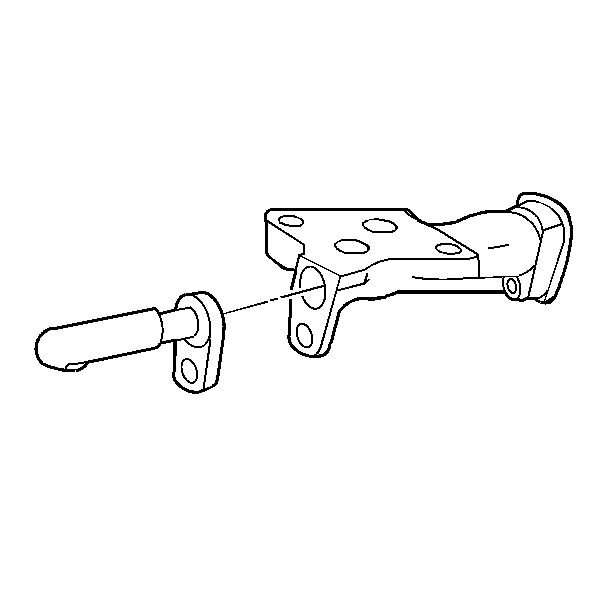
- Connect the EGR pipe to the EGR adapter.
- Install the EGR pipe to the EGR adapter fasteners.
Tighten
Tighten the fasteners to 26 N·m (19 lb ft).
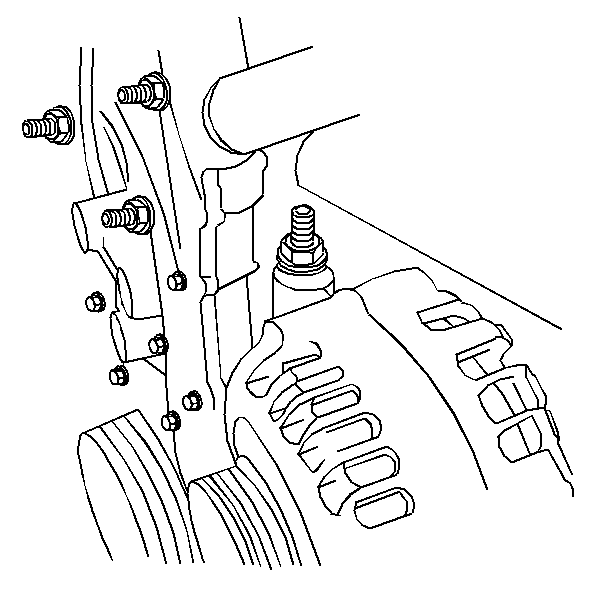
- Install the stud ended generator mount bolt.
- Install the accelerator control cable bracket.
- Connect the vacuum hoses to the fuel regulator and to the EVAP
canister purge solenoid.
Important: If the Intake Air Temperature (IAT) sensor is removed, apply sealant
GM P/N 1052080 or equivalent to its threads before installation.
- Connect the following electrical connections:
| • | EVAP canister purge solenoid |
- Install the air cleaner duct.
- Connect the negative battery cable.









